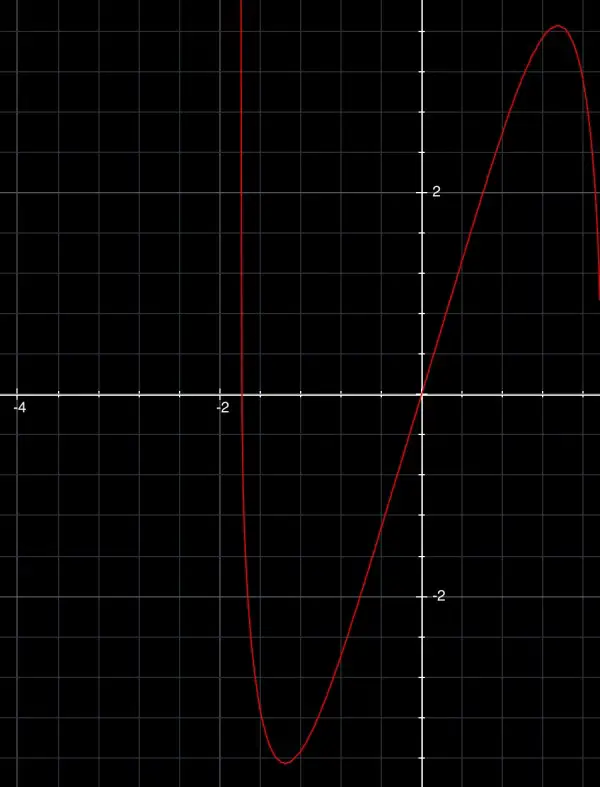Let y²=x²+h². S=πxy. Let k=S/π, so xy=k (a constant) and y=k/x (inverse proportionality). y is actually the slant length of the cone.
V=(π/3)x²√(y²-x²)=(π/3)x√(k²-x⁴).
dV/dx=(π/3)(-2x⁴/√(k²-x⁴)+√(k²-x⁴))=0 at a turning point.
Therefore, -2x⁴+k²-x⁴=0, x⁴=k²/3, x²=k/√3, y²=k√3. (Since x is the radius of the cone, it must be positive so we can reject the negative root of k/√3.)
h²=y²-x²=k√3-k/√3=k√3-k√3/3=⅔k√3.
h²/x²=⅔(3)=2 so h²=2x², h=x√2 QED

The picture shows an example of V against x, where the maximum and minimum can be seen, with the maximum when x is positive. The negative part of the curve (negative V or x) has no meaning in the context of the question.